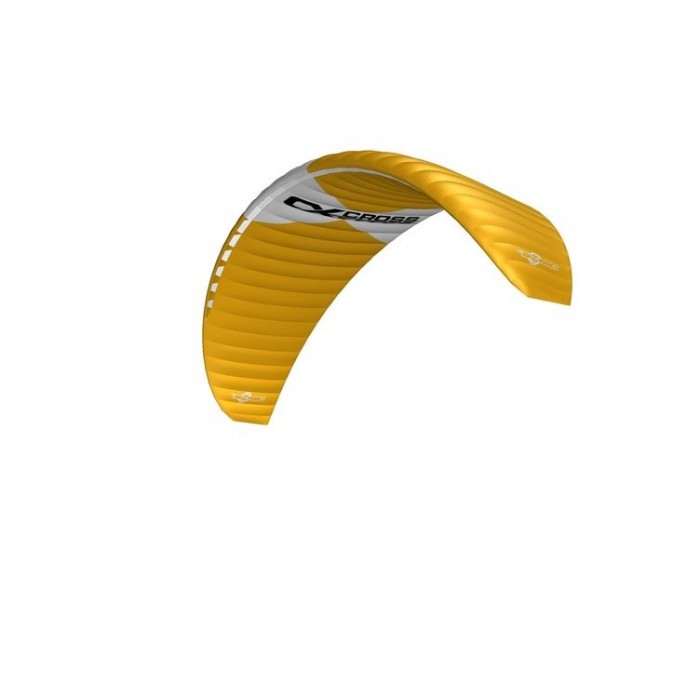- Out-of-Stock




Have you always wanted to buggy at competition level but found a full quiver of racekites to be beyond your budget? Cross Kites fills this gap with the Sonic. A full blown racekite at an affordable price.
Includes: Buggy racekite, manual and bag.
 Security policy
Security policy
(edit with the Customer Reassurance module)
 Delivery policy
Delivery policy
(edit with the Customer Reassurance module)
 Return policy
Return policy
(edit with the Customer Reassurance module)
Overall build quality, construction techniques and finishing are at the same high level as in high end race kites; and the concept of the Sonic was directly derived from those kites. Also if it comes to performance, the Sonic is no doubt a serious competitor in the race segment. Due to a balanced choice of materials and construction it is possible to offer the Sonic at a very competitive price. The Sonic brings truly competitive buggy racing within reach of the smaller budget.
Includes: Buggy racekite, manual and bag.
Sizes and Colors:
Size 3.0: Orange
Size 3.5: Teal
Size 4.0: Grey
Size 5.0: Royal blue
Size 6.0: Yellow
Size 7.5: Green
Size 9.0: Lime
Size 11.0: Purple
Size 13.0: Red
Characteristics:
Elliptical crash proof cross-vented profiles
Spliced and stitched Dyneema bridles
Webbing reinforced air-intakes
Velcro dirt-outs
D-ribs
40D Mirai ripstop nylon
Other:
High flying speed
Fast and direct steering
Smooth but fast power build up
Low lift
Superb upwind performance
Great stability